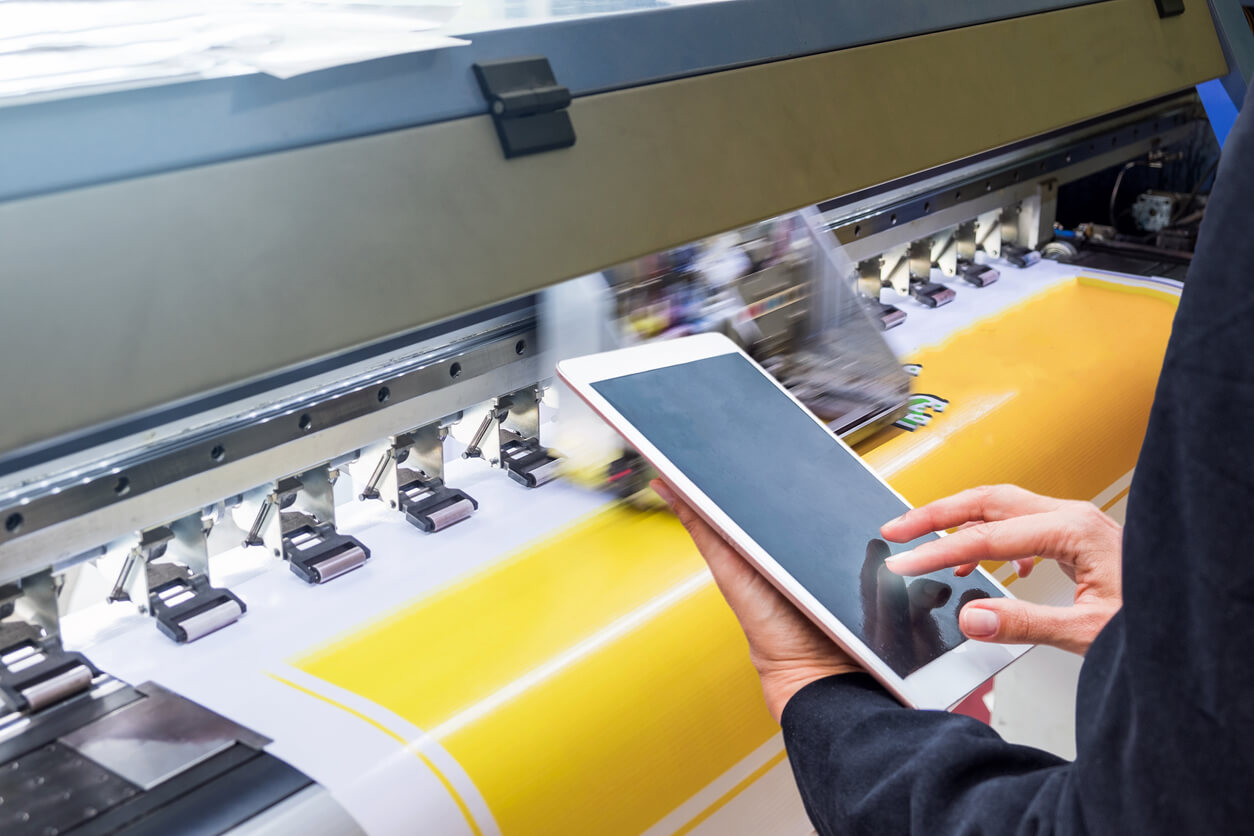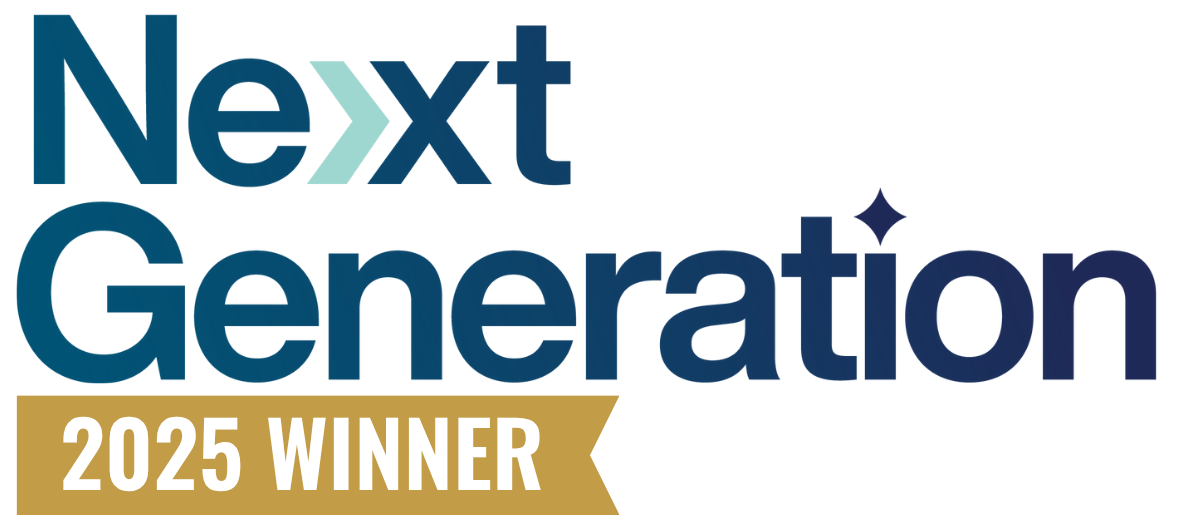Wide format printers are key across various industries, from education and healthcare to construction and advertising. These printers aren’t just about size; they’re about giving professionals the power they need to handle various print jobs easily. From architects to marketers, the best wide format printers will transform output quality and efficiency.
Let’s learn all about wide format printers and dive into the features businesses should look for before making a purchase.
What is a Wide Format Printer?
Wide format printers are computer-controlled printing machines that can handle large print jobs from 2-15 feet in length and usually utilize inkjet technology to print on a variety of substrates such as vinyl, fabric, canvas, cardstock, polypropylene, and corrugated plastic.
These advanced printers are the powerhouse of the printing world and are the perfect choice for large print jobs that standard printers can’t handle efficiently. They cater to a large variety of professional applications and are widespread across many industries, being used for many different types of print jobs, such as:
- Textile and apparel printing
- Blueprints and technical drawings
- Custom packaging designs and labels
- Marketing materials (banners, posters, trade show signage, etc.)
Essential Features in Wide Format Printers
Businesses interested in purchasing a wide format printer should be aware of the key features to look out for. Let’s explore some of those essential features.
Integrated Scanning
Wide format printers with integrated scanning offer some significant advantages. This is especially true for businesses dealing with technical documents and D-size drawings.
High-resolution scanners not only save space in the office but also enhance efficiency by allowing for the quick reproduction and digital storage of physical documents. Furthermore, integrated scanning can help by simplifying workflows and mitigating the need for additional scanning devices.
Data Security
With 33 million exposed data records reported last year, data security is of utmost importance for any business. Wide format printers come equipped with advanced security features like password protection and data overwrite security systems to ensure sensitive information is safeguarded. Additionally, they often offer configurable user options that allow for customized access controls, further enhancing data security.
Smaller Footprints
While the name wide format printer might bring up ideas of a larger device, that isn’t necessarily the case. Modern wide format printers are designed to be more compact, addressing the space constraints of the average office. The trend toward smaller footprints means that these printers can fit comfortably in many different settings without compromising functionality.
Quality and Image Clarity
Regarding large-format media, image clarity is not just a nice thing to have; it’s a necessity. Factors that often affect the quality of an image include resolution, ink technology, and color management capabilities. On this front, wide format printers are the best option. They provide clear, crisp images that are essential for a professional setting. For example, some wide format printers offer image and text quality up to 720 x 1,400 dpi and leverage four to six printheads to guarantee strong lines, fine text production, and exceptional tone rendering.
Speed and Efficiency
The speed of a print job often defines the speed of the workday. Print speed and efficiency are essential in wide format printing. Faster printers enhance overall productivity and streamline workflows. This speed is essential for businesses with high-volume print needs. Efficient job processing in wide format printers means less time waiting and more output in shorter periods of time.
The best wide format printers will offer variable speed modes, allowing users to match their needs in terms of speed and quality for various jobs. For example, an advanced wide format printer can manage print speeds of 75 ft per hour for high-quality jobs and up to 678 ft per hour for express or draft jobs.
Advanced Features to Consider
While the features above are essential for businesses looking into wide format printing, printing needs can be quite diverse. Here are a few more advanced features to consider when comparing print device options to find the best wide format printers.
Intuitive User Interface
Modern wide format printing devices offer much more than just simple printing capabilities. Many include user-friendly dashboards and interfaces, ensuring employees with varying skill levels are able to use the device to streamline operation processes. Most dashboards will display useful information such as:
- Print jobs
- Ink levels
- Number of prints
- Printing time estimates
Diverse Print Job Capabilities
Flexibility is crucial for wide format printing. It allows for various media types and sizes. Some additional features and upgrades can help the device adapt to diverse printing needs — allowing the printer to meet the needs of a range of applications. An advanced wide format printer option can handle:
- Banners
- Object printing
- Industrial labels
- Art, photography, and murals
- Window clings and floor graphics
- Yard signs and corrugated substrates
UV LED Lamp Technology
Some advanced options feature air-cooled UV LED lamps. These lamps provide a substantial advantage in terms of power consumption. Due to their minimal energy output, they’re the ideal choice for thermal-sensitive materials like thin film, self-adhesive sheets, and stretched PVC materials.
Ink Monitoring
A popular advanced feature for wide format printers is ink monitoring. Here, a computerized system manages ink refills and levels. These systems are often easy to access, enabling the spotless refill of ink reservoirs. In some systems, white ink is managed by a separate system with a stirring mechanism attached to the tank to enable proper mixing at all times.
Ready to Find the Right Wide Format Printer?
Wide format printers are the go-to tool for large and specialty print jobs. When clarity, speed, and efficiency are needed, there is no better printer choice. Organizations interested in wide format printers should get in touch with a qualified print specialist for assistance. Experts will work with you to find the best model for your operational needs, factoring in cost, space restrictions, and key features.





